1. What Is an Incense Stamp?
When people search for how to light incense, most tutorials focus on incense sticks or cones. But in traditional Chinese incense culture, there is a lesser-known and deeply ritualistic method of lighting incense: the incense seal.
The use of incense in China dates back to the Shang Dynasty (c. 1600–1046 BCE), where oracle bone inscriptions already recorded the word “incense.” At that time, incense was primarily used in spiritual rituals to communicate with the divine.
As Buddhism entered China during the Han Dynasty, exotic woods like agarwood and sandalwood were imported through the Silk Road. Incense began to merge with meditation, prayer, and inner cultivation.
By the Tang Dynasty, incense culture flourished among the nobility. Incense sealing — pressing powdered incense into symbolic patterns using a mold — became a refined social activity, often accompanied by tea, flower arrangement, and hanging scrolls.
In the Song Dynasty, incense seals were fully integrated into the lives of scholars and artists. People used incense not just for ritual or fragrance, but to measure time, enjoy solitude, and express spiritual elegance. Night markets even closed based on the time it took for a seal to burn out — a quiet clock made of smoke.
The classic text Xiang Pu, a comprehensive record of incense recipes and rituals, was written during this period and remains influential today.
Incense sealing is not merely a burning method — it’s a living tradition that reflects the philosophy, aesthetics, and emotional depth of Chinese culture.
2. Why Use an Incense Stamp?
While incense sticks are convenient, incense seals offer something more profound. The process of lighting incense powder in the shape of a seal pattern is slower, more meditative, and visually poetic. It creates a moment of calm, intention, and mindfulness — a full-body ritual rather than just a scent.
Here’s what makes incense seals so unique:
- 🔥 No charcoal or flame-based burning — pure incense powder burns on its own
- 🧘♀️ A ritualistic process — every step from preparing ash to lifting the mold invites stillness
- 🎨 Visual beauty — the incense trail burns like a brushstroke, leaving graceful patterns
- 🌿 Purity of fragrance — natural incense powder, no synthetic oils or binders
- 🕰️ Slower pace — one seal may burn for 30–60 minutes, ideal for meditation or slow living
Lighting incense this way helps you tune into yourself and time — it’s not just how to burn incense, but why.
3. How to Light an Incense Stamp? in 8 Easy Steps
Let’s walk through how to light incense the traditional Chinese way. This method uses powdered incense, pressed into a symbolic pattern with a mold, then ignited at one end to create a slow-burning, fragrant trail.






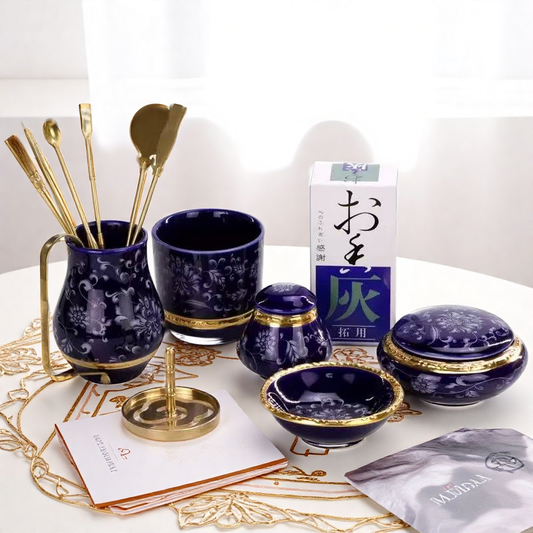
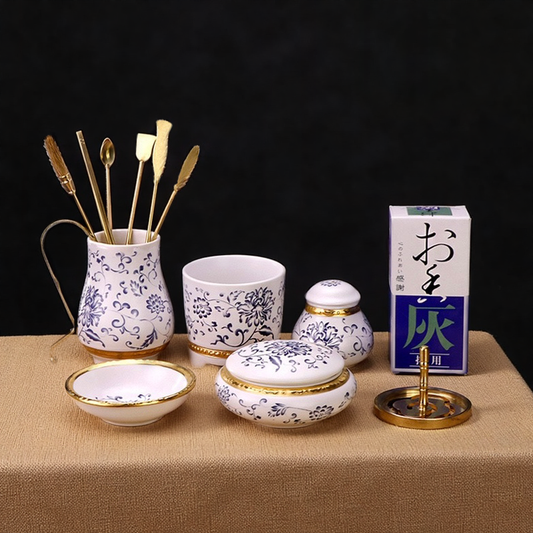
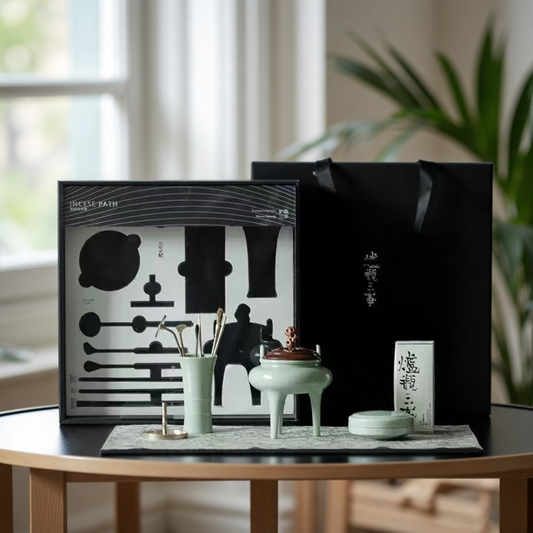
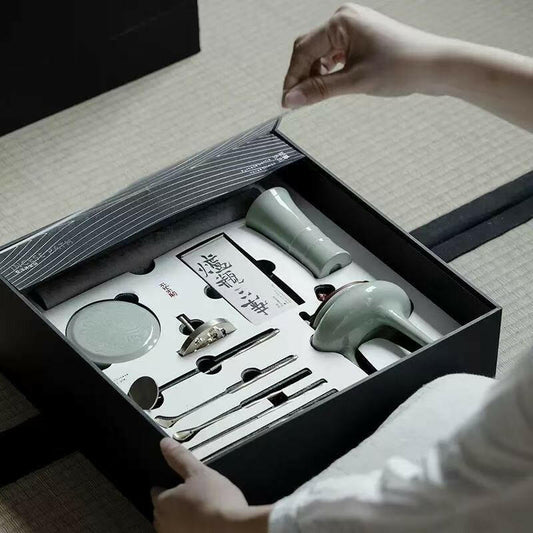
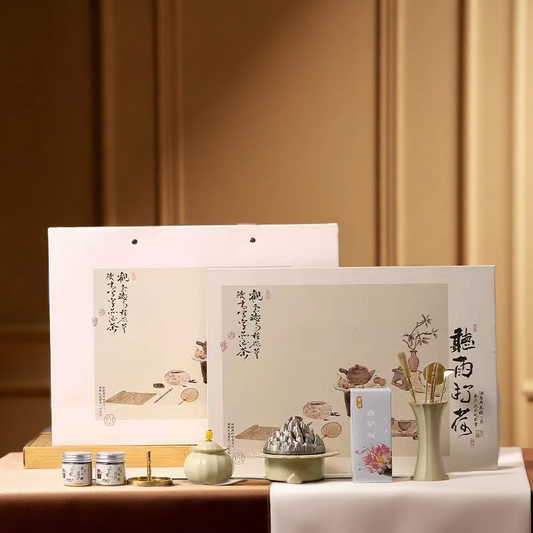
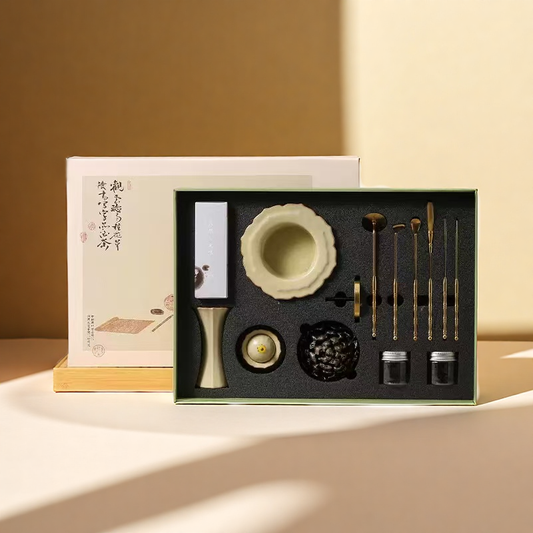
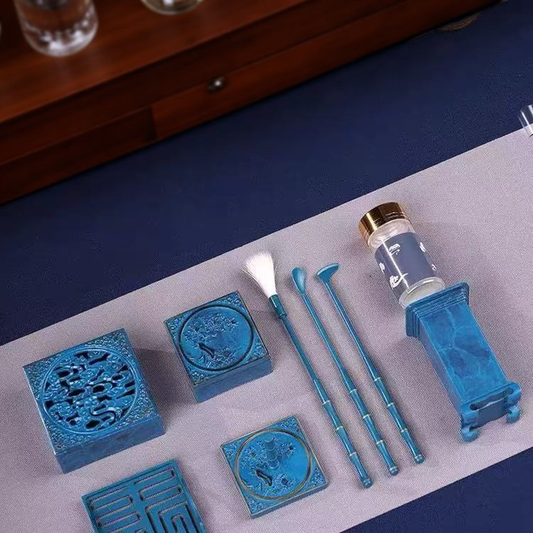
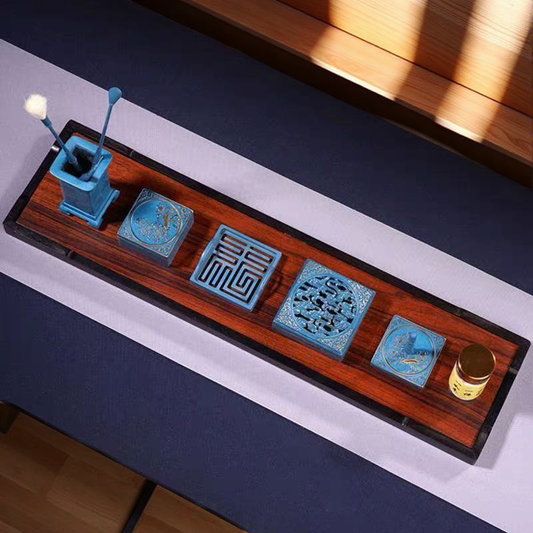






No comments